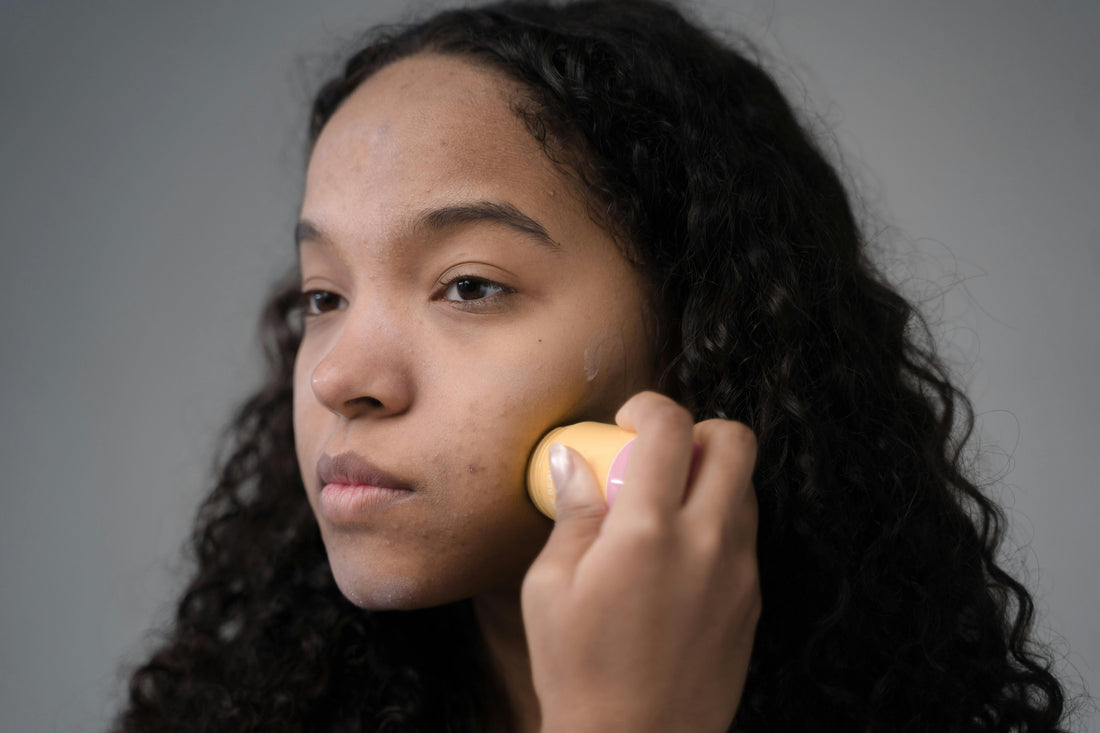TL;DR:
Toxic masculinity limits men’s self-expression—including in skincare and makeup. But attitudes are changing fast: more men are embracing cosmetics, brands are going gender-neutral, and the future of beauty is about authenticity and inclusivity for everyone. Here’s why it matters—and how the industry (and you) can help.
What is Toxic Masculinity?
Toxic masculinity is a term for the social rules that push men to hide emotions, act “tough,” and reject anything seen as “feminine”—including showing vulnerability, wearing pink, or using beauty products . It’s not about masculinity itself being bad; it’s about harmful stereotypes that limit real self-expression for everyone.

According to the New York Times, key traits of toxic masculinity include:
- Suppressing emotions (“real men don’t cry”)
- Acting dominant or aggressive
- Avoiding self-care or beauty (“makeup is for women”)
The goal isn’t to bash men, but to recognize and challenge unhealthy cultural expectations.
How Does Toxic Masculinity Affect Men’s Health?
Toxic masculinity isn’t just a buzzword—it has proven impacts on health:
- Mental Health: Pressure to always appear “strong” makes men less likely to express feelings, leading to more stress, anxiety, and depression (American Journal of Men’s Health, 2020).
- Physical Health: Men are more likely to take health risks (poor diet, smoking, alcohol), and less likely to see a doctor—sometimes just to avoid seeming “weak” (Pan American Journal of Public Health, 2018).
- Relationships: Rigid gender norms can harm emotional connection and communication.
Bottom line: The “real men don’t care about self-care” stereotype is dangerous, and changing it benefits everyone.
How Has Toxic Masculinity Shaped the Beauty Industry?
Look down any beauty aisle and you’ll see it: men’s products in black, blue, and grey; women’s in every color of the rainbow. For decades, brands told us “makeup is for women,” and men who cared about skincare risked ridicule.
But the script is flipping:
-
84% of men aged 18-44 now use a facial skincare product (Forbes, 2018).
-
About 1 in 3 men are open to cosmetics (Ipsos, 2022).
-
Younger men are leading the charge; only 37% of Gen Z men wouldn’t consider cosmetics (vs. 73% of men 51+) (Ipsos, 2022).
Even high-profile figures (hello, Trump’s orange concealer) and celebrities have normalized makeup for men.
Are Men’s Beauty Products Becoming More Inclusive?
Yes! Brands are catching up:
- Chanel’s Boy de Chanel: Foundation, lip balm, and brow pencil, all designed for men.
- Blu Atlas: Over 96% naturally-sourced men’s grooming—proving skincare isn’t just for women.
- Non Gender Specific & Malin+Goetz: Truly gender-neutral, inclusive, and focused on skin health for all.
As Malin+Goetz puts it: “We returned to the original inclusive concept of the apothecary, where products were always gender neutral.”
What does this mean for you?
Beauty is no longer “one size fits all.” Anyone can—and should—take care of their skin and express themselves however they want.
How Can the Beauty Industry Promote Positive Masculinity?
Promoting positive masculinity is good for business and for people:
- Show diversity: Use real men, of all backgrounds, in campaigns—wearing color, skincare, and yes, even pink.
- Make it normal: Normalize self-care, vulnerability, and self-expression for men in product design and advertising.
- Design for everyone: Create products without gender stereotypes—think packaging, scents, and color ranges that appeal to all.
- Listen to consumers: Respond to what men (and everyone!) really want: authenticity and choice.
FAQs
What is toxic masculinity?
Toxic masculinity refers to harmful beliefs and behaviors associated with traditional male stereotypes, like suppressing emotions, showing false strength, and using violence to assert dominance.
What are real examples of toxic masculinity?
Real examples of toxic masculinity include telling men not to cry, discouraging them from wearing pink or makeup, and equating aggression with being a "real man."
Why is toxic masculinity so bad?
Toxic masculinity can harm men's mental health, promoting stress, anxiety, and depression. It can also encourage risky behaviors and hinder emotional connection in relationships.
How can you tell if a man is toxic?
Toxic masculinity can manifest as an avoidance of emotions, rigid adherence to gender norms, and a tendency to exhibit dominance or aggression. However, it's essential to avoid making broad judgments about individuals.
How does toxic masculinity affect men’s mental health?
Toxic masculinity can lead to suppressed emotions, causing increased stress, anxiety, and, in some cases, depression among men.
What are the psychological effects of toxic masculinity?
The psychological effects of toxic masculinity can include emotional suppression, difficulty in forming open relationships, and heightened aggression or dominance.
How to fix toxic masculinity?
Addressing toxic masculinity involves challenging harmful stereotypes, promoting emotional expression, and encouraging a more inclusive and diverse concept of masculinity.
Are male beauty standards changing?
Yes, male beauty standards are evolving. More men are embracing makeup and skincare as part of their daily routines, challenging traditional beauty norms.
What is gender-neutral skincare?
Gender-neutral skincare refers to products that are designed to be used by individuals of any gender. They aim to break down traditional gender distinctions in skincare.
What are gender-neutral beauty brands?
Brands like Non Gender Specific and Malin+Goetz create products for all skin types, regardless of gender.
Key Takeaway
Real men wear pink, take care of their skin, and show their true colors—literally and figuratively. The next time you see a pink bottle or a hydrating serum, remember: beauty is for everyone, and there’s nothing more attractive than being yourself.




